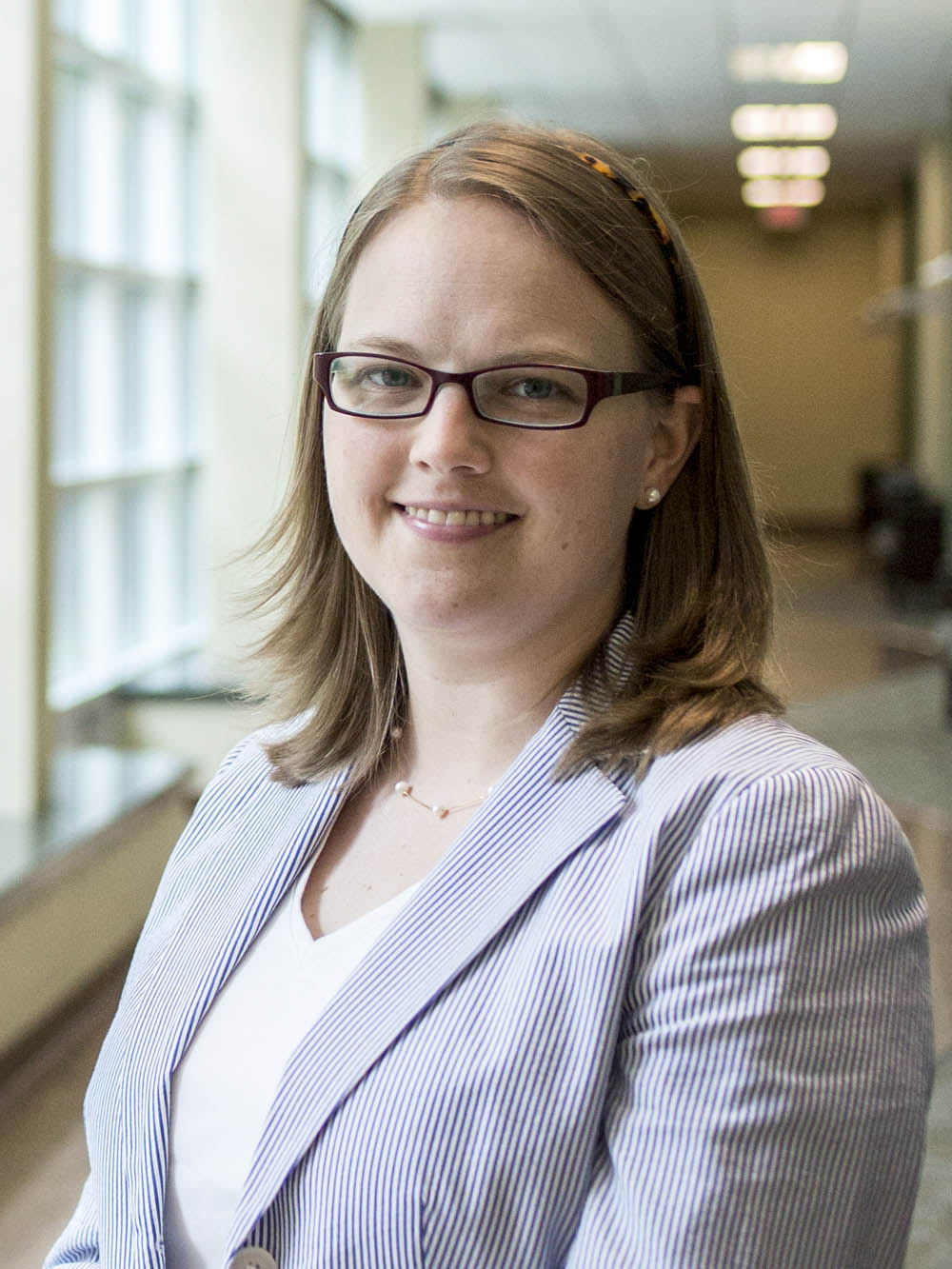Recently Morgaen Donaldson (University of Connecticut) and Madeline Mavrogordato (Michigan State), Peter Youngs (University of Virginia), and Shaun Dougherty (University of Connecticut) presented early results from their IES-funded study on principal evaluation policies at the AERA national conference. We asked the team to share their preliminary findings.




What is the purpose of your study?
There is widespread agreement among researchers, policymakers, and practitioners that principals play a critical role in providing high-quality education to students. The role of principals may grow even larger under the 2015 Every Student Succeeds Act, which grants districts and states more flexibility regarding how to promote effective principal leadership. However, we know remarkably little about what school districts can do to improve principals’ leadership practices.
Given the importance of principals and the relative dearth of research on how to improve their leadership, we have been studying the extent to which principal evaluation systems focus on learning-centered leadership, one promising conception of leadership, in 22 districts in Connecticut, Michigan, and Tennessee. We are examining associations between the types of leadership emphasized in principal evaluation policies, the leadership practices that principals implement in their schools, and student performance.
What is the major focus of principal evaluation policies?
To date, through document analysis we have found that district principal evaluation policies heavily emphasize instructional leadership, which focuses on teaching and learning issues, and de-emphasize managerial leadership, which concentrates on administrative tasks such as budgeting and overseeing school facilities. Similarly, in interviews and surveys superintendents and principals report that their evaluation systems focus on instructional leadership. For example, one Michigan superintendent said, “the emphasis on education right now [is] to take the principals away from being a manager to being an instructional leader.”
How are administrators actually interpreting the policies?
Further investigation revealed a more nuanced relationship between written district policies and administrators’ interpretations of these policies, however. We found no relationship between written policies’ emphasis on instructional leadership and principals’ survey responses regarding whether their district focused on this type of leadership. Principals’ perceptions of their district’s focus on managerial leadership was related to the emphasis of this type of leadership in the policies, however. Thus, when districts placed a higher emphasis on managerial leadership in their written evaluation policies, principals reported that they perceived a stronger emphasis on this type of leadership.
Moreover, we found that holding constant the written policy’s emphasis on managerial leadership, there was an inverse relationship between the written policies’ emphasis on instructional leadership and the principals’ perceived policy emphasis on managerial leadership. Thus, the greater the written emphasis on instruction, the less principals perceived that their policy emphasized management.
In addition, interview data reveal that although superintendents state that they emphasize instructional leadership they in fact weigh managerial leadership quite heavily. In superintendents’ framing, a principal’s competence in managerial leadership enabled him or her to practice instructional leadership. Superintendents asserted that when principals addressed managerial concerns, they could progress to exercising instructional leadership. If principals were unable to address managerial issues, superintendents reported that they moved rapidly to intervene and potentially remove principals.
What are the next steps for your IES research project?
These preliminary findings add to a growing body of evidence suggesting a complex interplay between managerial and instructional leadership. They also reflect a longstanding tension between the two dominant conceptions of principal leadership among practitioners. We plan to further examine the multifaceted relationship between instructional and managerial leadership as we continue our work on this project. We are currently surveying teachers about the types of leadership principals exercise in their schools and conducting a second round of interviews with superintendents to understand their perspectives in greater depth. In the next stage of the project, we will examine associations between the types of leadership emphasized in principal evaluation policies, the leadership practices that principals implement in their schools, and student performance in grades 3-8.
Katina Stapleton, NCER Program Officer, oversees the project described in this blog post, and provided a framework for their responses.